rexbobcat
Been spending a lot of time on here!
- Joined
- Nov 28, 2011
- Messages
- 5,014
- Reaction score
- 1,967
- Location
- United States
- Can others edit my Photos
- Photos OK to edit
This isn't technically a film/darkroom question as much as it is a general printing question, but I'm just curious.
What exactly is the point of a matt? I've heard some explanations such as being able to fit a non-standard sized photo into a more standard frame, or to try and bring moe direct emphasis to the photo.
While the first reason makes sense, I'm wondering about the second. How important is a matt, really? I mean, I see some matts that occupy more space in the frame and that just doesn't make sense to me. And having a matt makes buying a frame more expensive as well.
So, what size matts do you normally use. Or do you even use a matt? What is generally accepted/recommended?
Also; is it weird to use sizes such at 8x12 and 12x18? They fit the normal digital aspect ratio so I don't have to crop, but they aren't exactly standard like 11x14 or 8x10. Does it seem awkward/weird to use the former sizes instead of the latter?
What exactly is the point of a matt? I've heard some explanations such as being able to fit a non-standard sized photo into a more standard frame, or to try and bring moe direct emphasis to the photo.
While the first reason makes sense, I'm wondering about the second. How important is a matt, really? I mean, I see some matts that occupy more space in the frame and that just doesn't make sense to me. And having a matt makes buying a frame more expensive as well.
So, what size matts do you normally use. Or do you even use a matt? What is generally accepted/recommended?
Also; is it weird to use sizes such at 8x12 and 12x18? They fit the normal digital aspect ratio so I don't have to crop, but they aren't exactly standard like 11x14 or 8x10. Does it seem awkward/weird to use the former sizes instead of the latter?


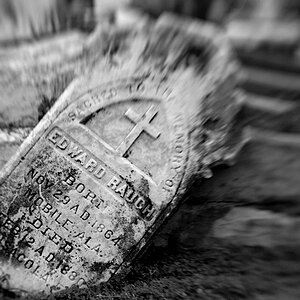
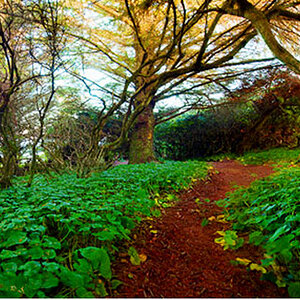
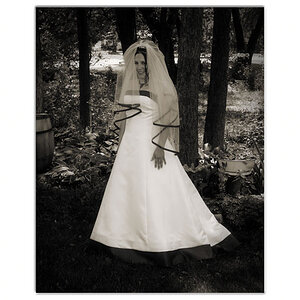
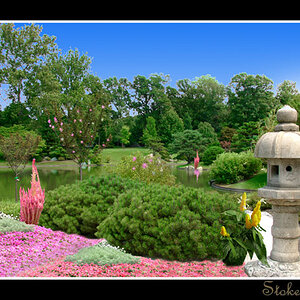
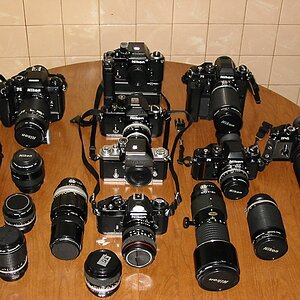


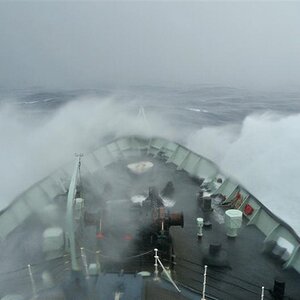
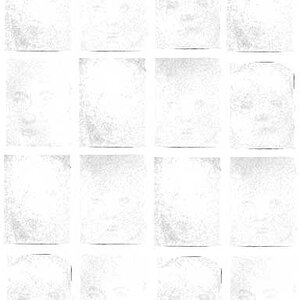
![[No title]](/data/xfmg/thumbnail/30/30859-ec099dbef074432d32832fceb25cf539.jpg?1619734479)

